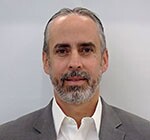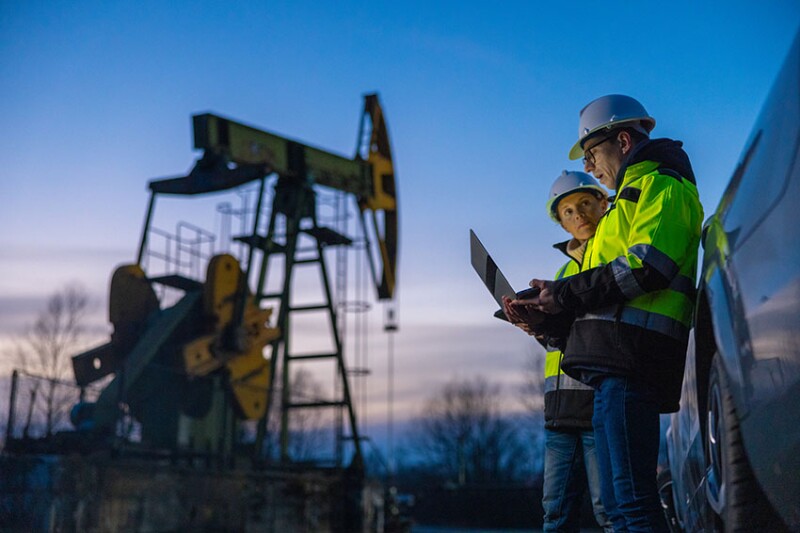Knowing where to start can be daunting for those new to the oil and gas industry. With all the changes the artificial lift sector has experienced in the past 25 years, the constant is that a new challenge always needs a solution.
The spirit of innovation and invention will serve the next generation of artificial lift professionals well. Here are a few nuggets of advice from experts to help newcomers navigate this dynamic sector while also making a difference in the energy world.

Greg Stephenson, chief production engineer, Occidental Petroleum
My advice is to go for it! While ours is a notoriously cyclical industry, artificial lift professionals tend to enjoy greater job security than many of their counterparts. Also, we get to experiment with new technologies and can often see immediate results from our efforts. I advise any young professional to do what you love and love what you do. If you follow that credo, you can’t go wrong. I feel very fortunate to work in a field that I love.

Michael Romer, principal artificial lift engineer, ExxonMobil
Network, go to artificial lift events to learn from SPE and others. Artificial lift is a small world. You’ll keep seeing the same people in other roles and places. Get to the field, into the shop, and figure out the challenges firsthand, as not all problems can be solved digitally or won’t tell the entire story.
Current lift methods have been around for more than 100 years and will continue. The more things change, the more they stay the same; there’s a long history of learning from industry. Someone may have already solved the problem, and the answer may already exist. Or someone could have tried something you’re considering, and it didn’t work.
Artificial lift is a great place to be, with lots of variety. It’s important but not nearly as ‘right now’ as drilling; you can quickly see results, and the costs/risks are generally lower for trying new things. Figure out what you have passion for and own it because others will notice.

Laura Labrador, senior production engineer, Ecopetrol
Do not take everything as absolute truth. Ask questions before believing. Investigate and consult various opinions from people with experience. We do not need to know everything, but we do need friends who know what we do not know. Finally, teach and transfer your knowledge; this is how you will be able to continue growing.

Shauna Noonan, Oxy Fellow and senior director of global supply chain initiatives, Occidental Petroleum
Regardless of the cycles and when drilling and completions have halted due to volatile oil prices, the existing wells will still need to be on-production, and most will be on some form of artificial lift. There is always a constant demand for good artificial lift engineers.

Jose Ernesto Jaua, global product champion, SLB
First, get technically proficient fast. Second, develop strong collaboration and communication skills. Third, try to understand all areas of the oil and gas industry; artificial lift is not isolated, and understanding how it is connected to everything else will make you a more-rounded professional. Last, remember that we are here to create value for our customers, our communities, and the planet in everything we do. I know that any young professional that follows this advice will be set for success!

Kevin Leslie, vice president artificial lift solutions, Weatherford International
The production arm is typically the last leg of the well cycle when looking at drilling to completion to production. Artificial lift falls into this realm because ALS is ‘Always the Last Solution’ for a well. For all new young professionals entering the artificial lift segment, I would challenge you to help find the next big technology to drive better and faster results in the field. Do not be scared to get your hands dirty; go to the field and learn while trying something different from everyone else. There are several creative ideas in the production space; sometimes, being the first to try might result in something greater. Do not be scared to try something different.

Dana Meadows, global portfolio director, artificial lift systems, Baker Hughes
My advice to future generations of artificial lift professionals would be to team up with experienced field personnel and ask questions. Question everything—there may be a better way. Try to get as much exposure in front of customers as possible to understand their pain points and solve their issues. Ask for a mentor to help you and listen to key employees to build upon their advice and experiences.
This article is part of a 3-part artificial lift series as part of JPT’s 75th Anniversary content. Read more in Artificial Lift: 25 Years of Change Tracked in the Pages of JPT and 7 Industry Leaders Share Their Insights on the Past, Present, and Future of Artificial Lift.


